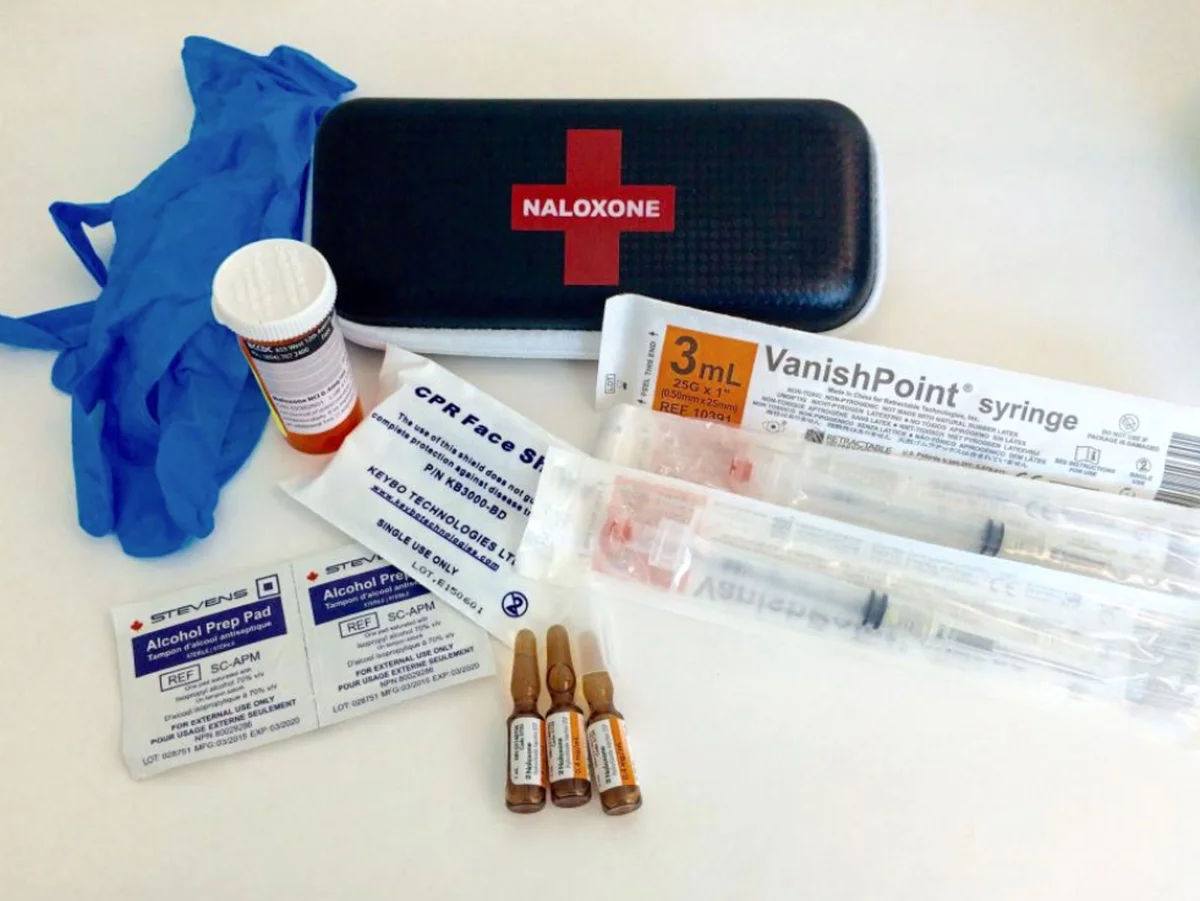
In the face of the ongoing fentanyl overdose crisis, UBC, campus organizations and Vancouver at large are taking steps to provide medical and psychological support for substance users. Many of these steps are based around the philosophy of harm reduction — principles and methods that make substance use safer for users.
“Vancouver has been a hotspot for harm reduction in North America for many many years,” said Cameron Schwartz, a harm reduction worker at Karmik — a Vancouver-based organization that advocates for non-judgemental, accessible harm reduction services.
“But in the last few years, fentanyl has been a big issue.”
Fentanyl, a powerful opioid, has been found in an ever-increasing percentage of substances in Vancouver, according to a recent study conducted by UBC Professor William Honer. Last year, 81 per cent of BC overdose deaths involved fentanyl.
With this widespread contamination in illicit drugs, the safest option is not to use substances at all — but this isn’t always realistic.
“It’s more advantageous for us to meet people where they’re at and not where we want them to be,” said AMS Student Services Manager Marium Hamid.
Accordingly, Schwartz and Hamid have underlined a number of general steps that members of both the UBC and greater Vancouver community can take to make substance use safer.
Don’t use alone
Roughly 90 per cent of overdose deaths last year occurred when users were alone, usually indoors. The simplest step to safer use is to have informed, trusted people nearby to provide assistance if necessary.
“If they are partaking in any of these substances, do it in a group of people they are comfortable with, and with people who can make sure they’re safe,” said Hamid.
Carry naloxone
In case of an overdose, having people nearby who can administer naloxone can be life-saving. Naloxone is an opioid antagonist that can temporarily offset the effects of an overdose to allow time for medical professionals to assist the user. Usually administered intravenously, naloxone kits can be accessed for free and anonymously at a number of pharmacies around Vancouver, on campus and at Student Health Services.
AMS VICE and Karmik have also hosted two naloxone training parties on campus last year, simultaneously equipping hundreds of students with the kits.
“The easiest step to use would be to not use alone, to carry naloxone and be trained in reversing an overdose using naloxone,” said Schwartz.
Testing substances
In BC, fentanyl has been found in every tested illegal substance except for marijuana, meaning there’s no guarantee on what is or isn’t laced.
“People who are choosing to do these drugs — that decision comes with the risk of not knowing what strength it’s going to be or knowing what’s in it,” said Schwartz. “I’d caution against saying ‘this has fentanyl and this doesn’t.’”
“It’s often difficult for dealers to know where it’s coming from,” Hamid said.
For those wanting to take an extra step, anonymous drug checking services are available at InSite and the Powell Street Getaway at select hours. These organizations can use test strips as well as an advanced piece of equipment called a Fourier-Transform Infrared Spectrometer (FTIR) to detect additives in substances.
Due to their location in the Downtown Eastside, these services might be difficult for UBC students to access. In response, Karmik has recently hosted two drug checking nights at the Powell Street Getaway aiming to attract people from both in and outside the Downtown Eastside.
Psychological support
For those seeking to reduce or control their personal substance use, AMS VICE offers a set of on-campus resources.
“The AMS will offer free confidential and ongoing support for people who are either suffering from or have the possibility of using drugs, or who have an addiction,” said Hamid.
She stressed that VICE offers support for people seeking both group support or one-on-one discussion and for students seeking support outside UBC, the service can also connect them with professional resources within their own community.
For more general emergency support, Schwartz recommended keeping a crisis number on hand and advocated for a non-judgemental, proactive approach to supporting users seeking help.
“If you’re someone who’s using a drug but if you want help, trying to be more open about that,” he said. “Have someone who can be there to make the group or the usage safer.”

